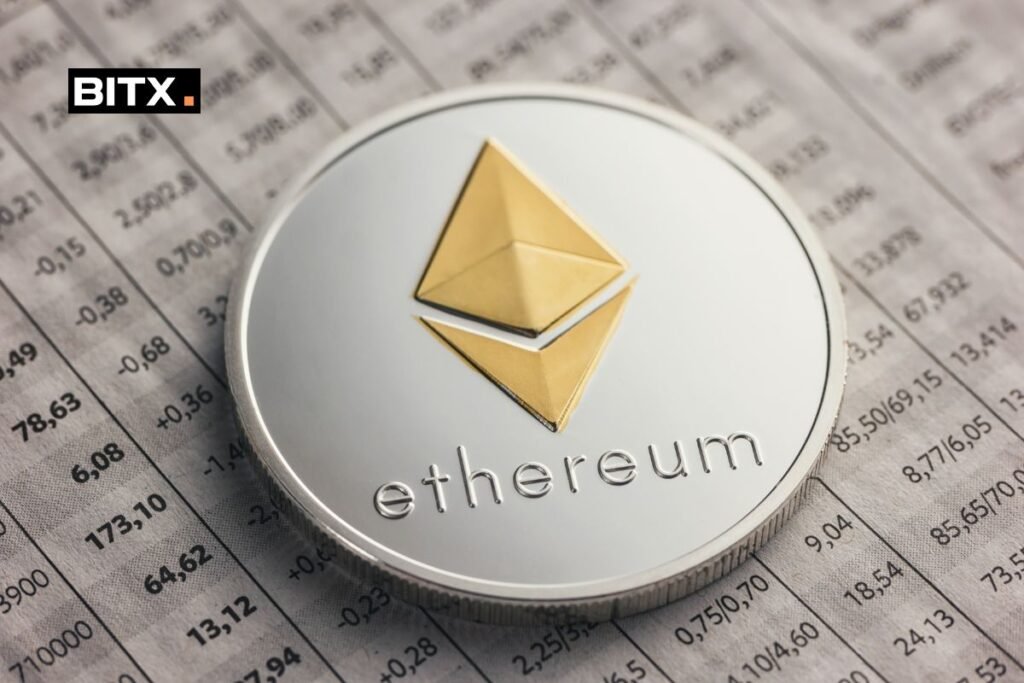Introduction
Understanding Ethereum: A Comprehensive Guide
Ethereum, the decentralized open-source blockchain platform, has emerged as one of the most significant developments in the world of technology since the advent of Bitcoin. However, unlike Bitcoin, which primarily focuses on digital currency, Ethereum delves into a far broader arena – smart contracts. This article aims to provide a comprehensive guide to Ethereum, elucidating its genesis, intricacies, and implications.
What is Ethereum?
The Birth of a Revolutionary Idea
Ethereum, created by Vitalik Buterin in 2013, is a platform that enables developers to build and deploy decentralized applications (dApps) using ‘smart contracts.’ These are self-executing contracts with the terms of the agreement directly written into code, eliminating the need for a middleman.
The Ethereum Blockchain
At the heart of Ethereum lies its blockchain, a distributed public ledger that records all transactions occurring within the system. This blockchain also supports the execution of smart contracts. Each block in the Ethereum blockchain contains data in the format of NFTs (Non-Fungible Tokens), ERC-20 tokens, and transaction history.
Ethereum Virtual Machine (EVM)
The Ethereum Virtual Machine (EVM) is the runtime environment for the execution of smart contracts. Essentially, it’s a large and powerful computer running ethereum’s smart contract code. EVM executes each smart contract using its own gas cost models, ensuring secure execution and settlement.
Ether (ETH): The Fuel of the Ethereum Network
Ether (ETH) is the native cryptocurrency of the Ethereum network. Gas, which is required to execute any transaction on the Ethereum blockchain, is measured in Ether. Thus, Ether acts as the ‘fuel’ for the Ethereum ecosystem, powering every operation and transaction.
Smart Contracts: The Backbone of Ethereum
What are Smart Contracts?
Smart contracts aren’t physical contracts like those we sign in our daily lives. Rather, they are digital agreements that automatically execute when certain conditions are met. These self-executing contracts are used to codify the terms of various agreements among disparate, anonymous parties.
The Power of Decentralized Applications (dApps)
What are dApps?
Decentralized applications (dApps) are applications that run on a decentralized network like Ethereum. They are open-source, have no centralized control, and utilize smart contracts for their functionality. Examples of popular dApps include Uniswap, CryptoKitties, and Chainlink.
The Future of Ethereum
ETH 2.0: The Upcoming Shift
Ethereum 2.0, also known as Serenity, is a planned significant update to the Ethereum network. This upgrade involves shifting Ethereum from a proof-of-work (PoW) consensus mechanism used by Bitcoin to a proof-of-stake (PoS) system. The shift to PoS aims to increase scalability and security, reduce energy consumption, and pave the way for a more robust ecosystem.
Conclusion
Ethereum has revolutionized the world of technology by offering a platform for decentralized applications and smart contracts. Its potential to disrupt various industries, from finance to healthcare, is immense. As the Ethereum network continues to evolve, its impact on the future of digital technology is undoubtedly significant. Whether you’re a developer, investor, or simply a technology enthusiast, Ethereum’s ingenuity warrants attention and exploration. With Ethereum 2.0 on the horizon, it’s an intriguing time to delve deeper into this revolutionary technology.
